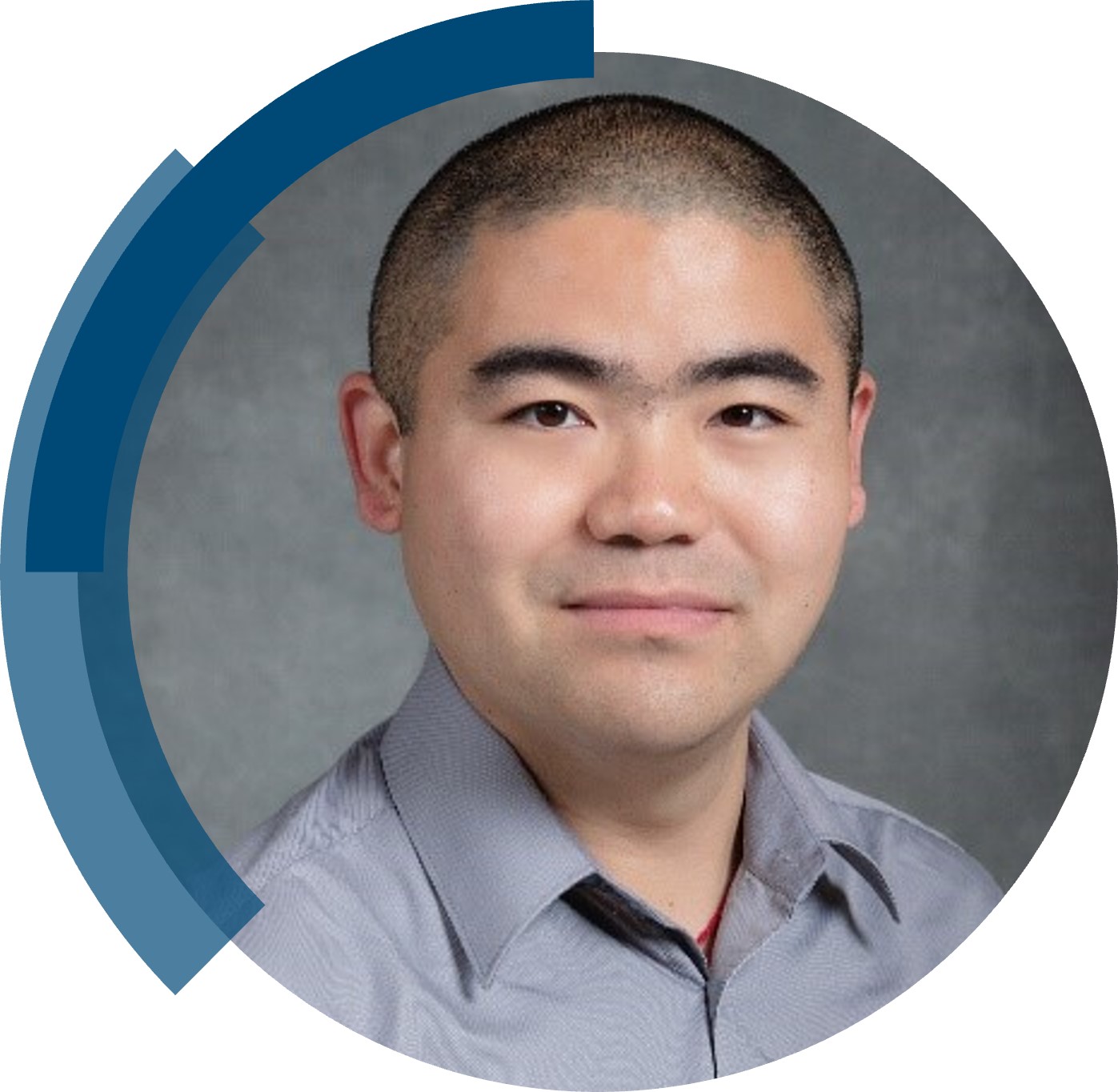We are excited to share the success of Kun Jiang’s first-time independent article in ChemComm; “Top-down manufacturing of efficient CO2 reduction catalysts from the gasification residue carbon” included in the full milestones collection.
Read our interview with Kun Jiang below.
What are the main areas of research in your lab and what motivated you to take this direction?
My group research focuses on the precise electrochemical synthesis, especially on the selective electrocatalytic conversion of atmosphere molecules like O2/CO2/H2O into value-added chemicals and fuels. Aiming at this target, our lab has two primary research themes: 1) developing highly sensitive spectroelectrochemical techniques for operando interfacial study during these reactions, shedding light on the complex reaction pathways and the potential tuning knobs of local reaction environment; 2) rational design of gas diffusion electrode based electrochemical reactors with the insights from online diagnosis toward a more efficient energy conversion.
We believe such a synergetic approach from fundamental surface electrochemical investigation and practical pilot device validation could pave the development of more efficient electrosynthesis systems, aiding to envision the sustainable neutral carbon cycle.
Can you set this article in a wider context?
Electrochemical CO2 reduction reaction (CO2RR) has provided a promising route to close the anthropogenic carbon cycle by storing renewable electricity within greenhouse gas molecules and generating fuels and commodity chemicals. Among various aqueous CO2RR products, CO is a simplest 2e‒ product with a projected cost of $0.44 kg–1, making the electrochemical CO2-to-CO route be competitive to conventional processes and holding great significance for the chemical industry. In a recent work, we have demonstrated the role of local reaction environment, especially the electrode–electrolyte interface and the relevant hydrodynamic boundary layer in the vicinity of the cathode, in defining the activity and selectivity for Ag catalyzed CO2-to-CO conversion (Energy Environ. Sci., 2022, 15, 749-759).
Along this line, we have developed a “top-down” strategy to manufacture Ni-N-C active motif enriched carbon catalysts rather than the coinage metal of Ag, for a selective and stable CO2-to-CO conversion at ~45 LCO gcatalyst-1 h-1 for more than 50-h continuous electrolysis at ambient condition. More importantly, we started the single atom catalyst fabrication from the raw material of gasification residue carbon from heavy hydrocarbon feedstock, demonstrating a carbon neutral cycle driven by a “solid carbon waste”.
What do you hope your lab can achieve in the coming year?
Currently we’re working on modulating local reaction environment toward selective CO2-to-C2+ conversion. Both fundamental insights from advanced spectroelectrochemical techniques and practical electrolyzer performance optimization are going to be brought to light this year.
Describe your journey to becoming an independent researcher.
After finishing my undergraduate study of applied chemistry at Jinan University, I started my academic research in physical chemistry with Prof. Wen-Bin Cai at Fudan University. The dynamic interfacial electrochemistry of Pd catalyzed HCOOH dehydrogenation versus dehydration pathway ignited my passion for spectroelectrochemistry investigations.
After I finished my Ph.D in 2016, I took postdoctoral trainings with Prof. Haotian Wang at Harvard University, and with Prof. Alexis T. Bell at LBNL/UC Berkeley, for which I stayed focus on the cutting edge research field of electrochemically converting “CO2 waste” into value-added chemicals and fuels with green energy input. These experiences have broadened my research area from surface electrochemistry into material science and chemical engineering, which granted me a widened academic horizon and collaboration.
Also based on these research experience, I took the PI position at SJTU and back to my home country in late 2019. I currently lead a small group of 3 Ph.D candidates and 2 graduate students with a diverse education background of Mechanical Engineering, Chemical Engineering and Applied Chemistry, working on the emerging interdisciplinary research topics bridging the fundamental researches at lab with the sustainable future demands on circular carbon economy.
What is the best piece of advice you have ever been give?
In Chinese, we have a proverb saying “海纳百川,有容乃大”, which has been vividly expressed by President Bacow’s commencement remarks to the Harvard class of 2022:
“To save a seat for others, to make room for others, to ensure that the opportunities afforded by your education do not enrich your life alone.”
Why did you choose to publish in ChemComm?
In September of 2011, I published my very first 1st-authored research paper at ChemComm as well. The rigorous peer-review process, amazing publication time and broad readership across all fields of chemistry make the journal a fantastic platform!
Explore more ChemComm Milestones news and updates on our Twitter: @ChemCommun












